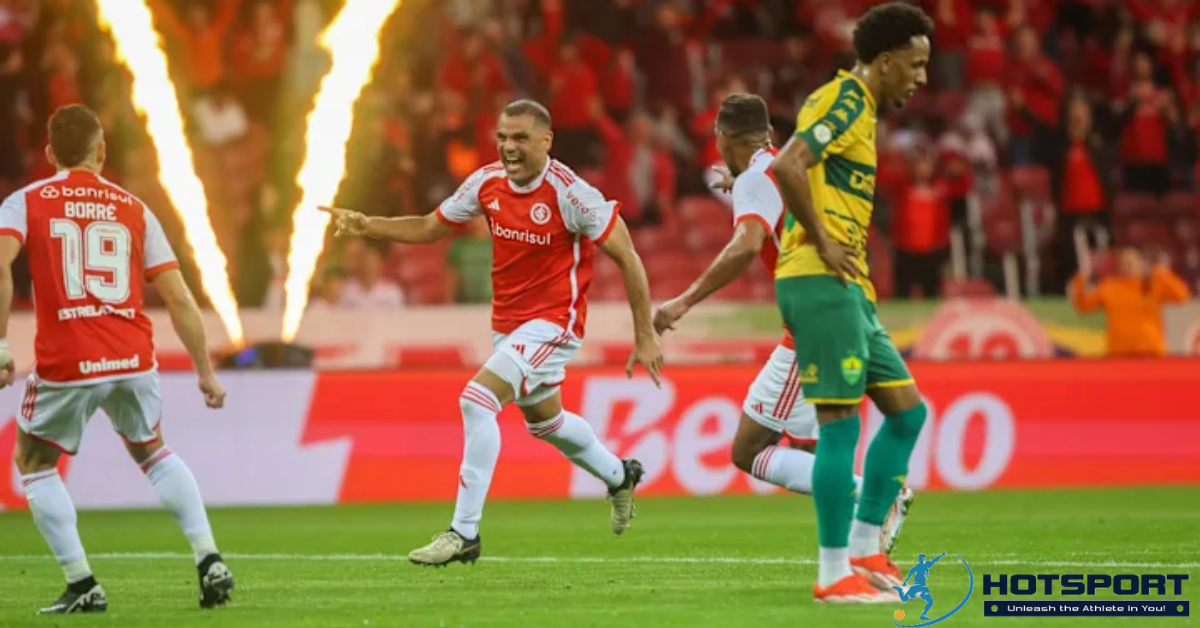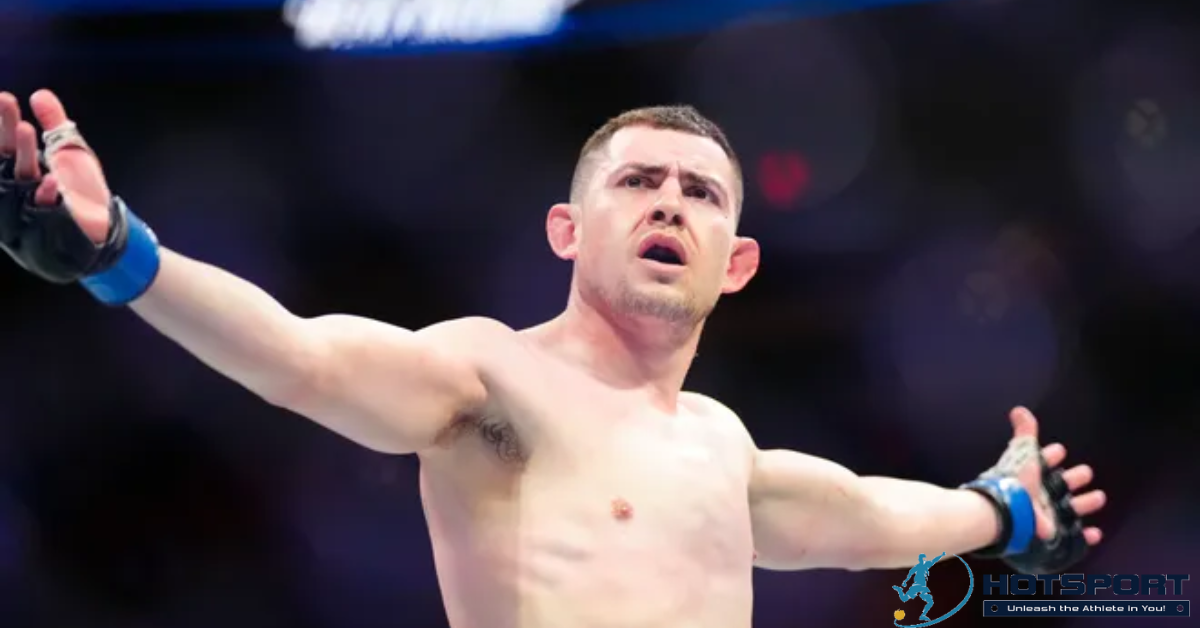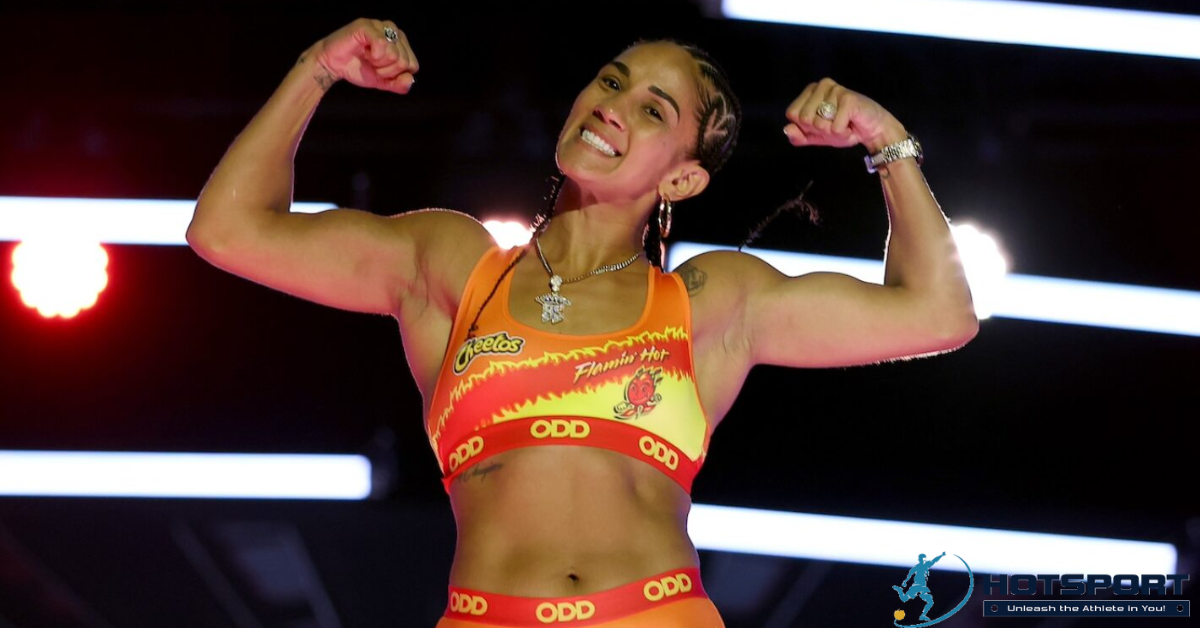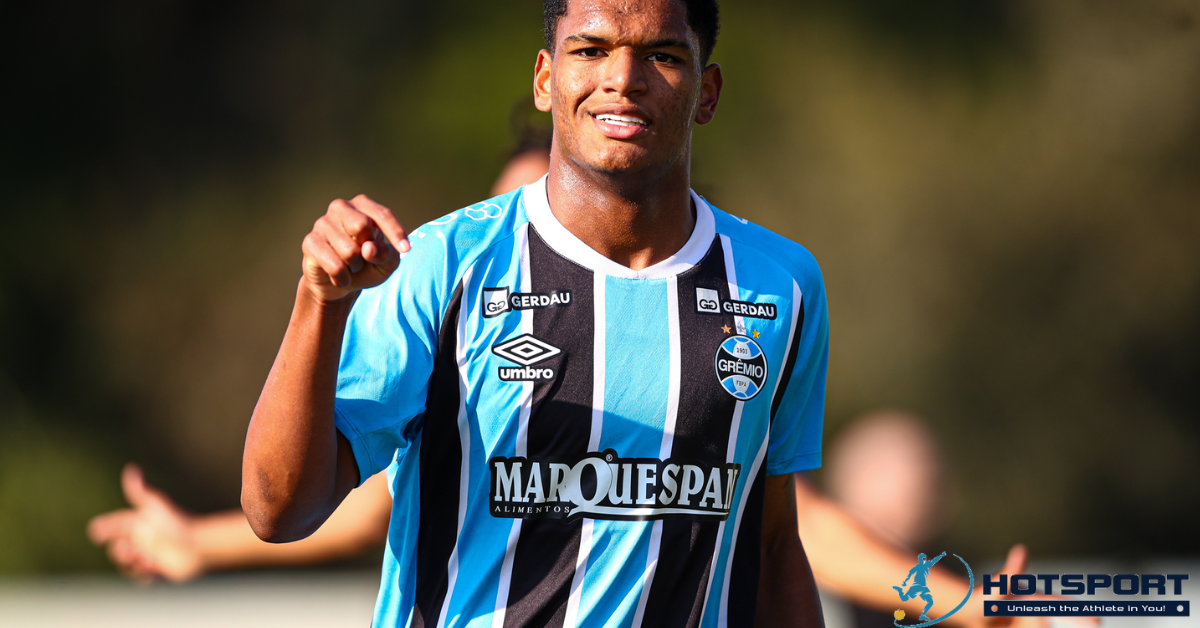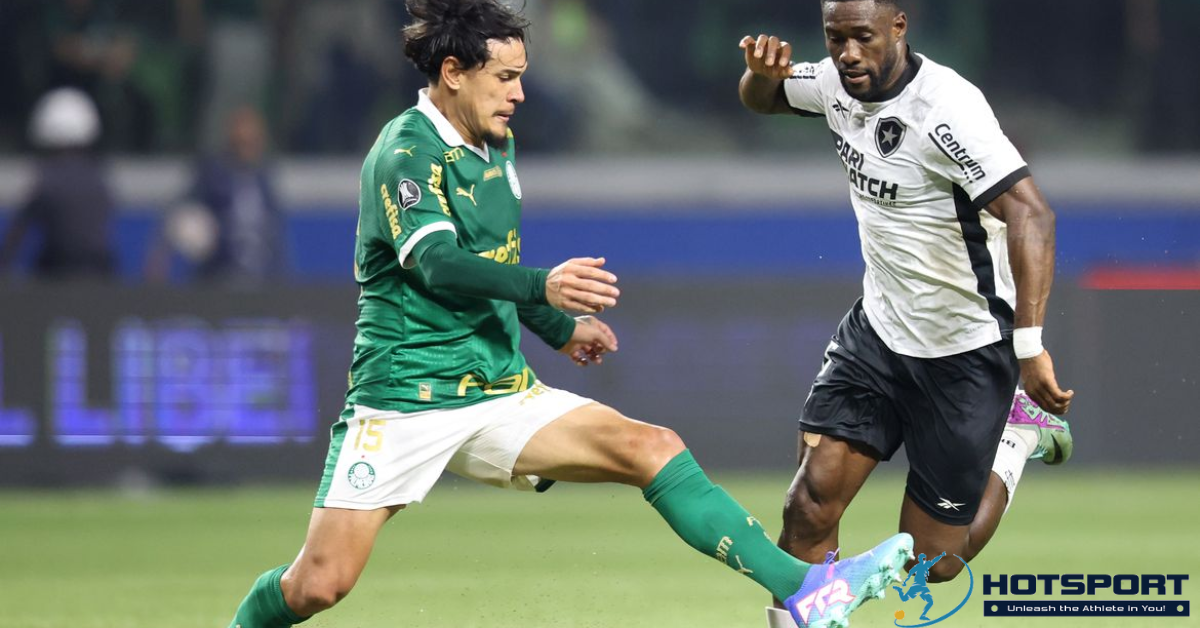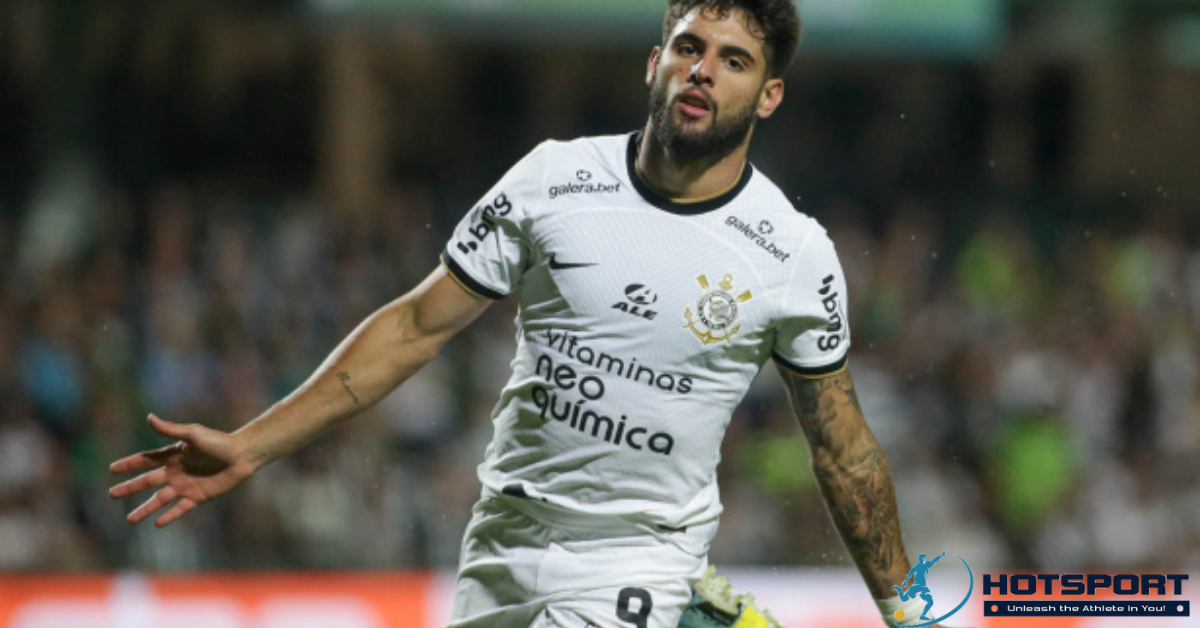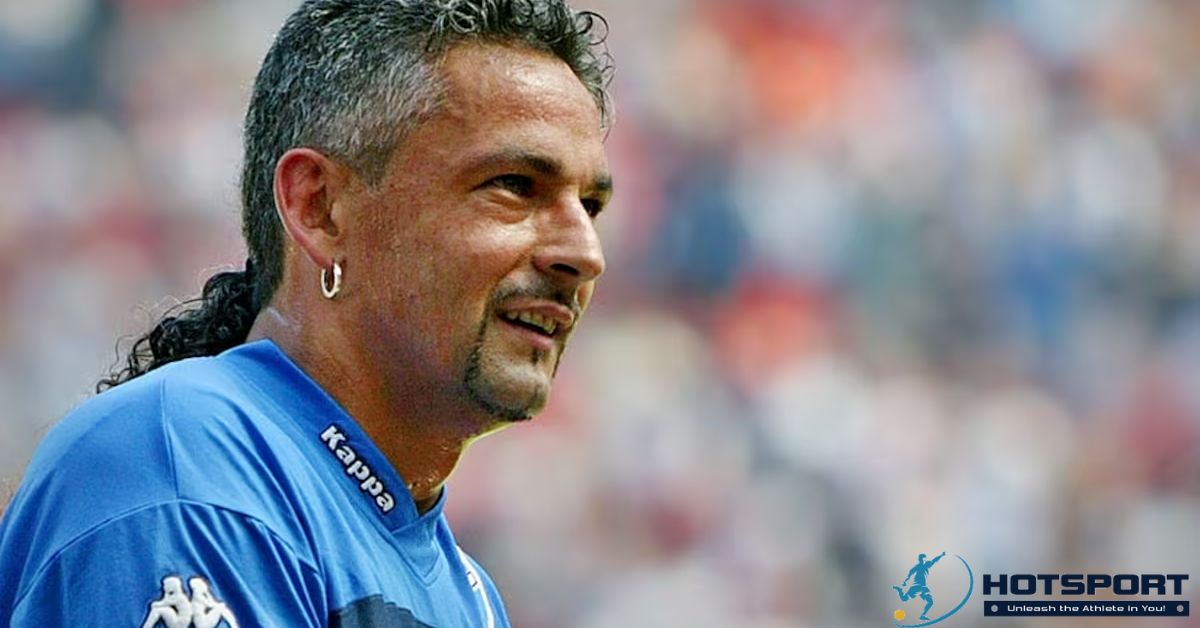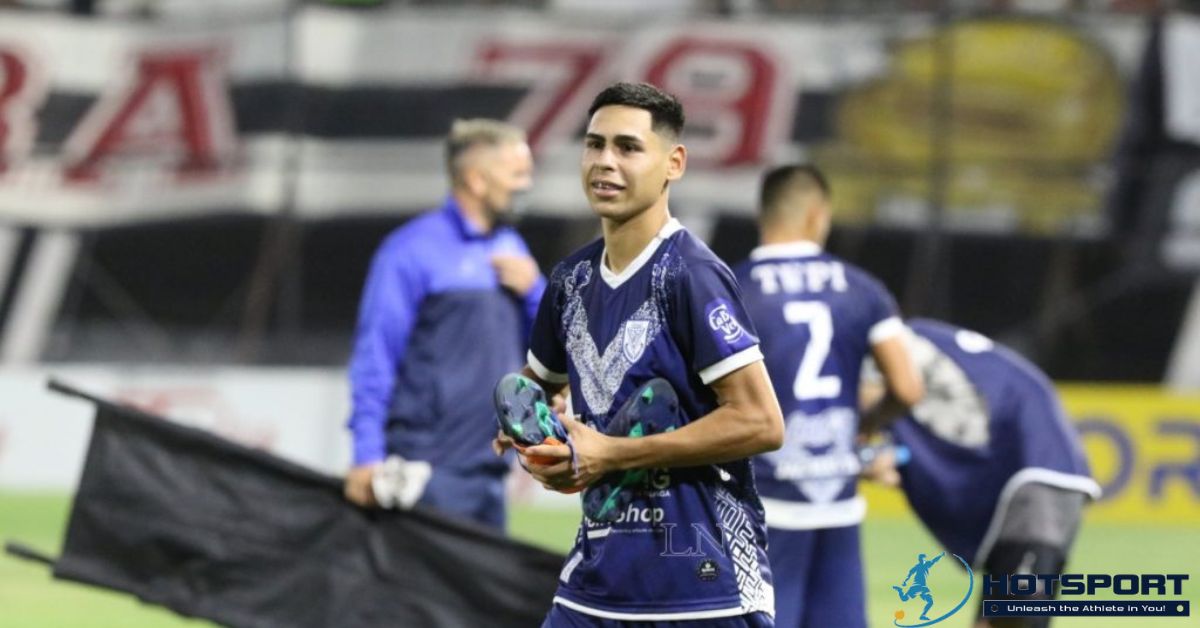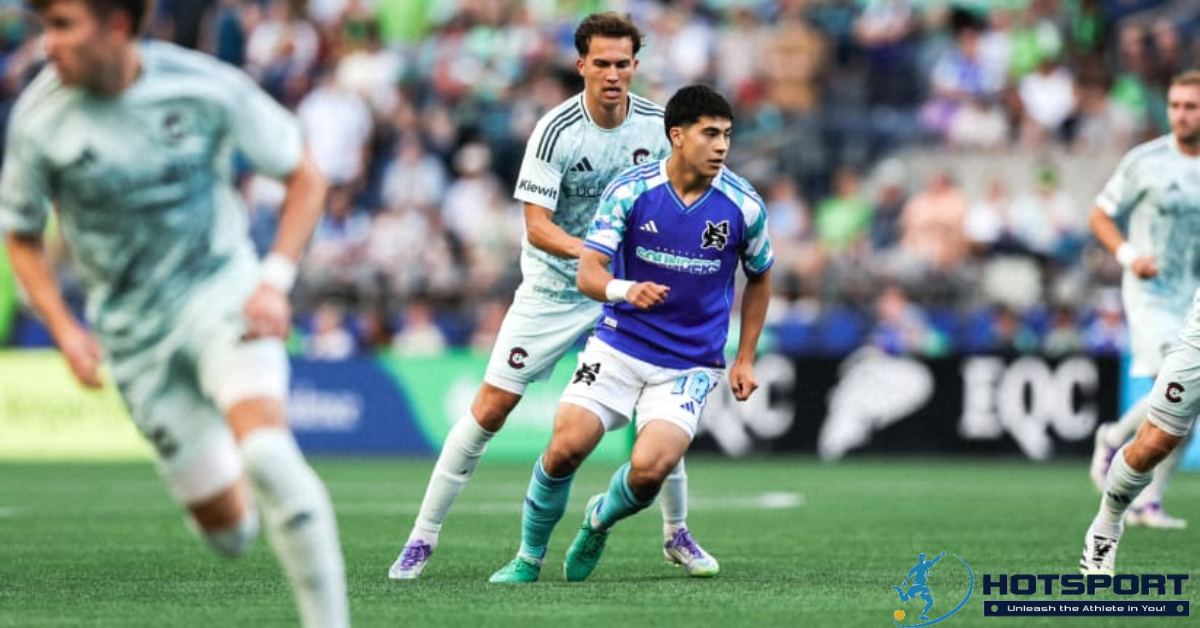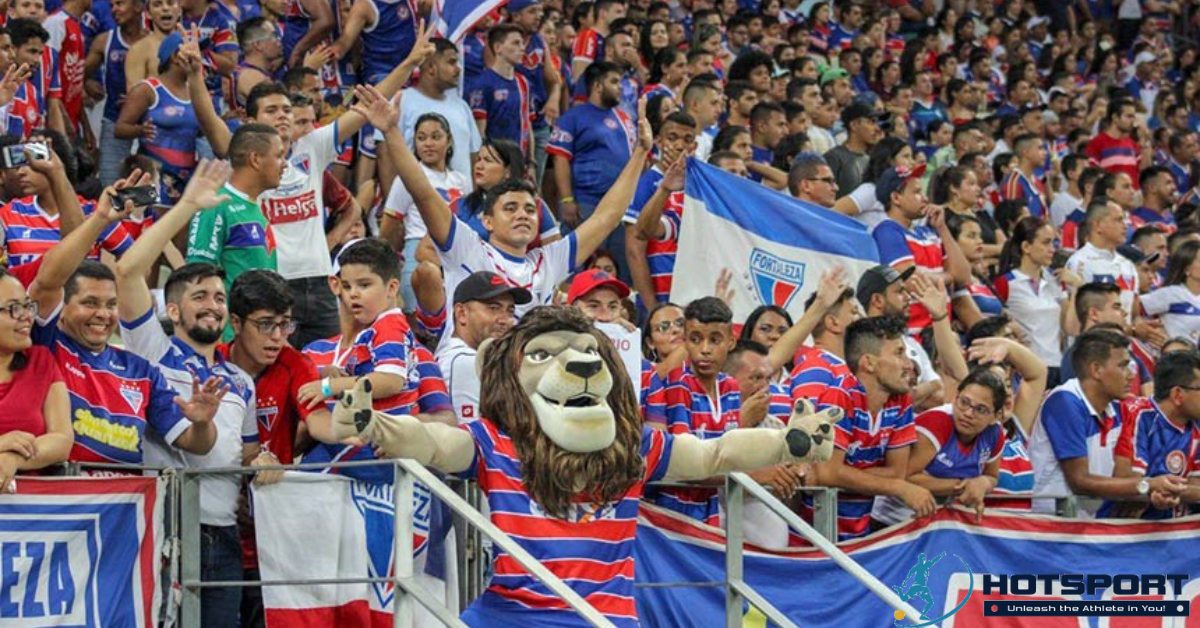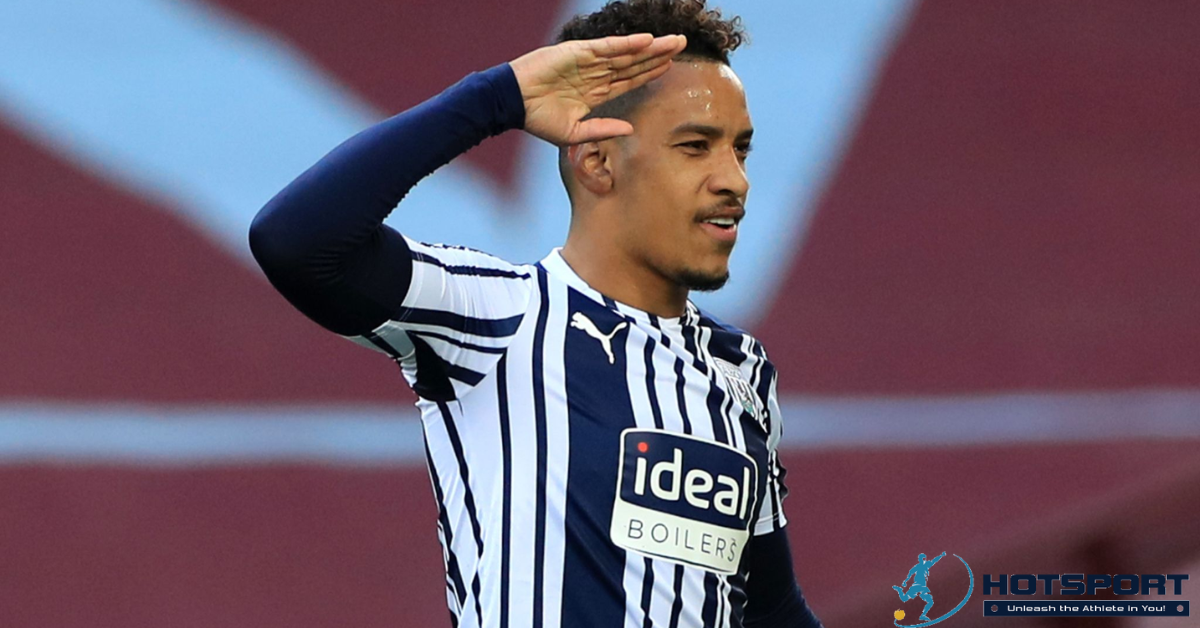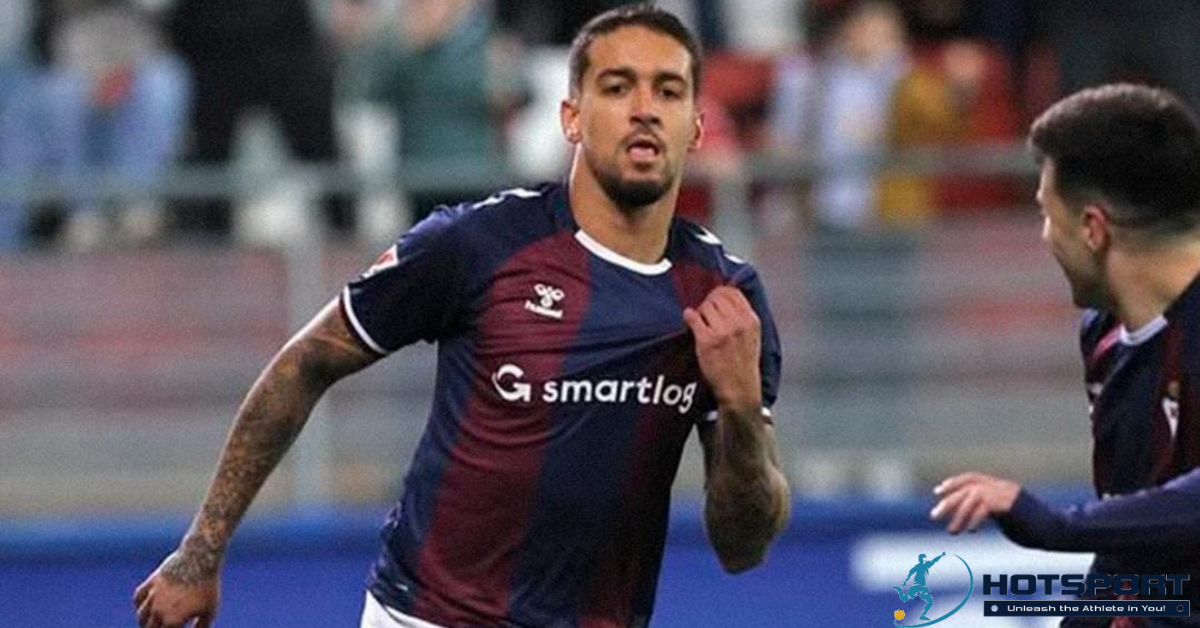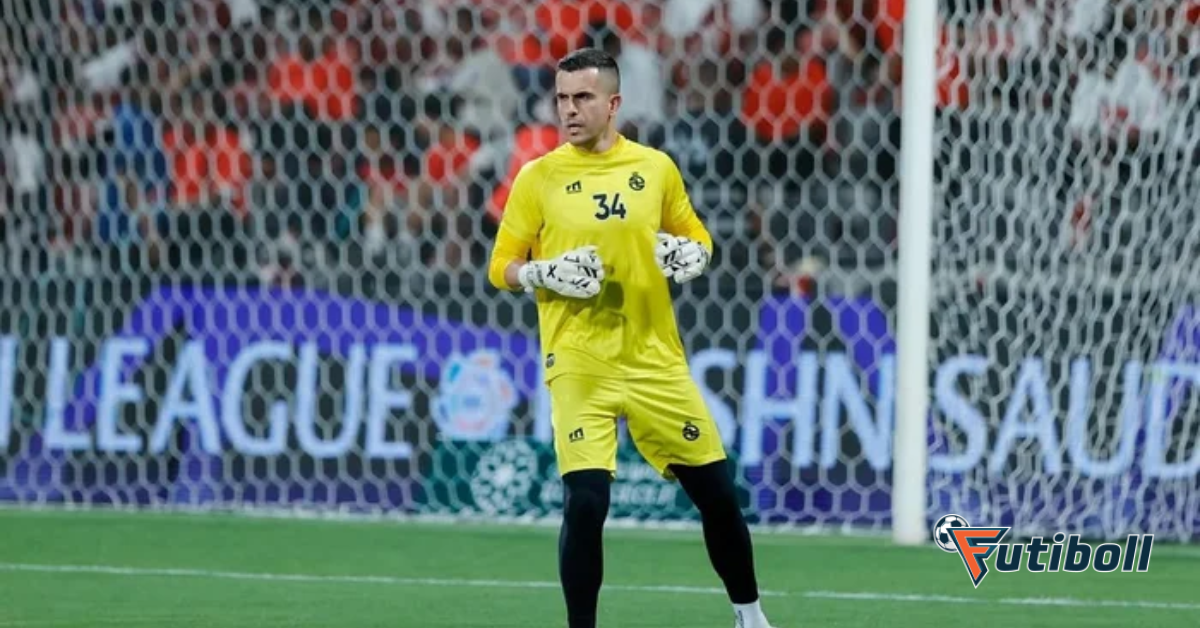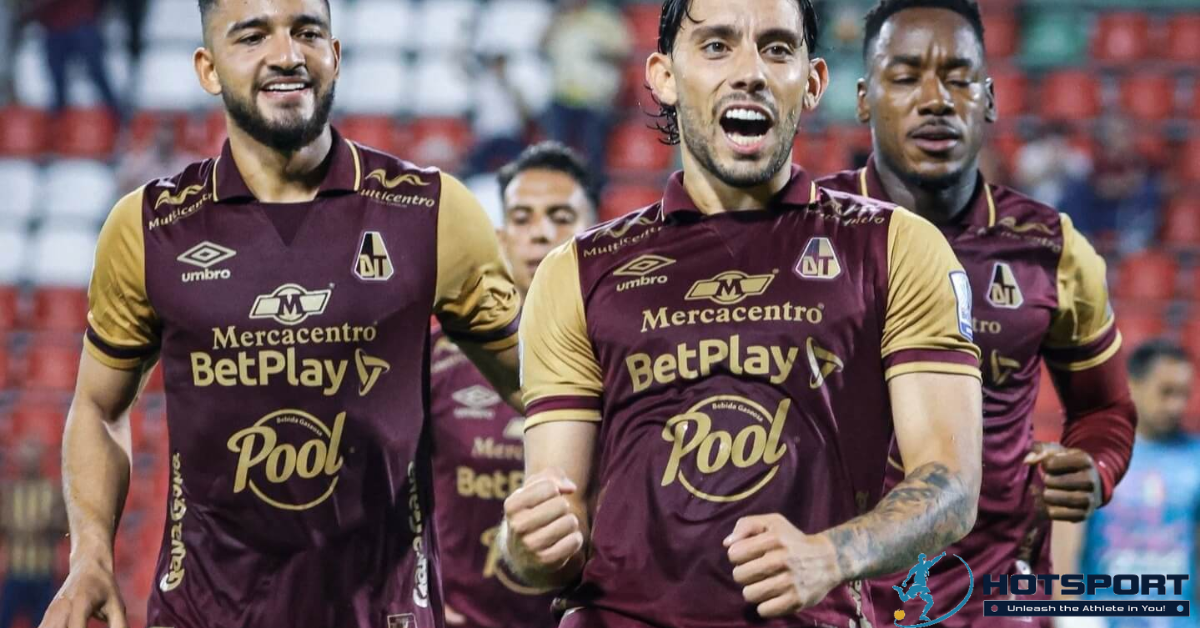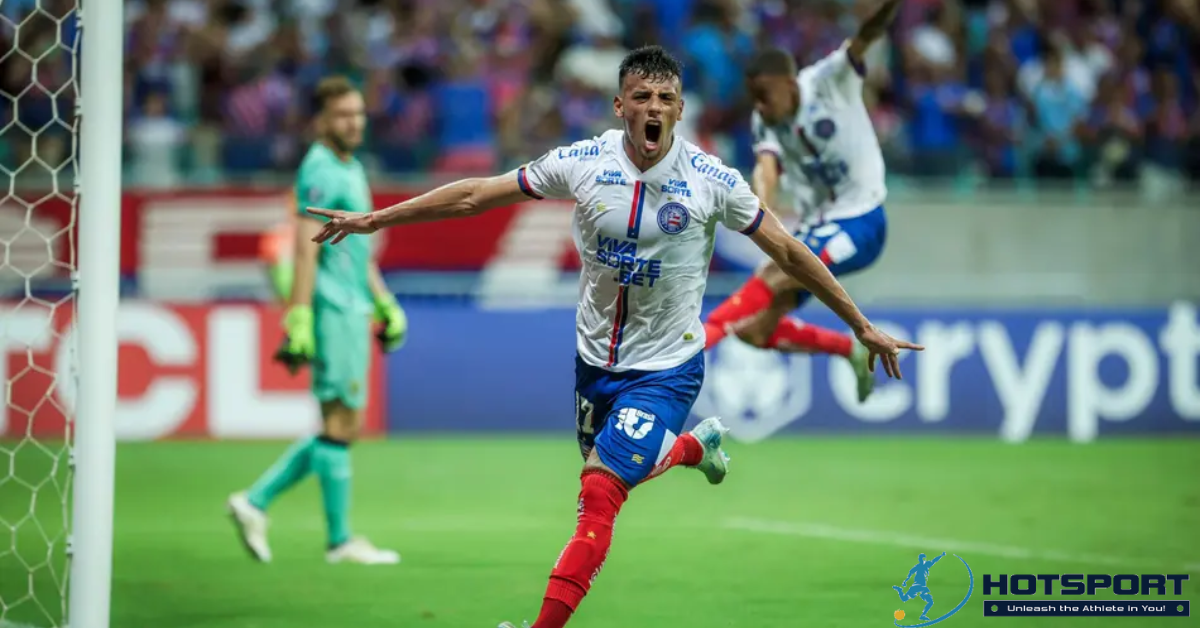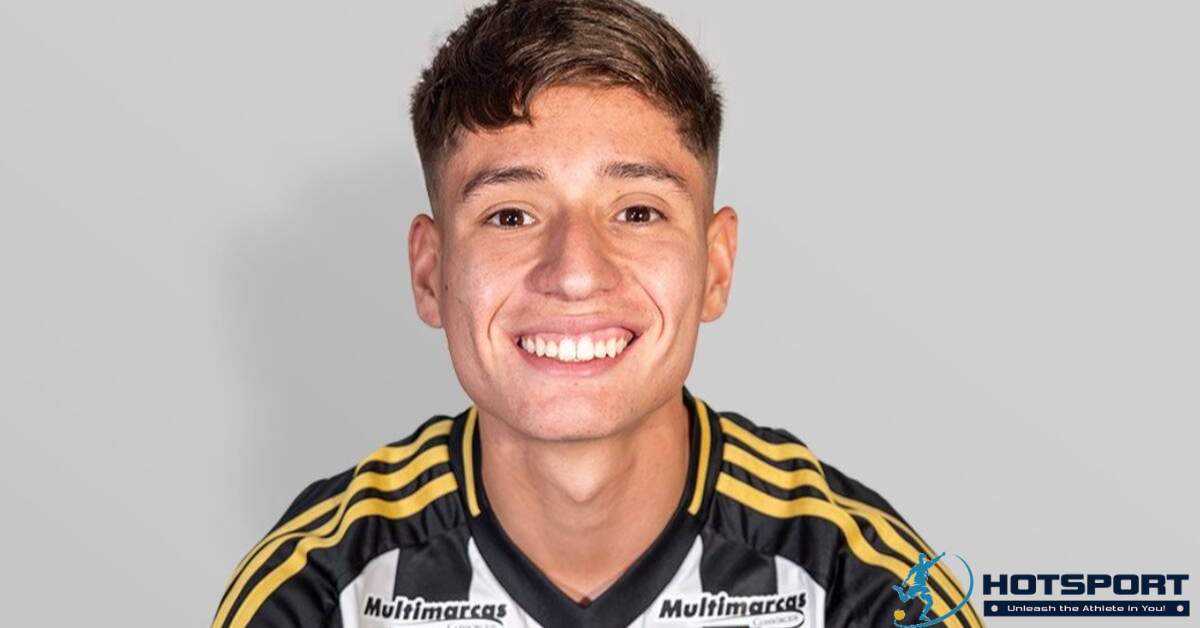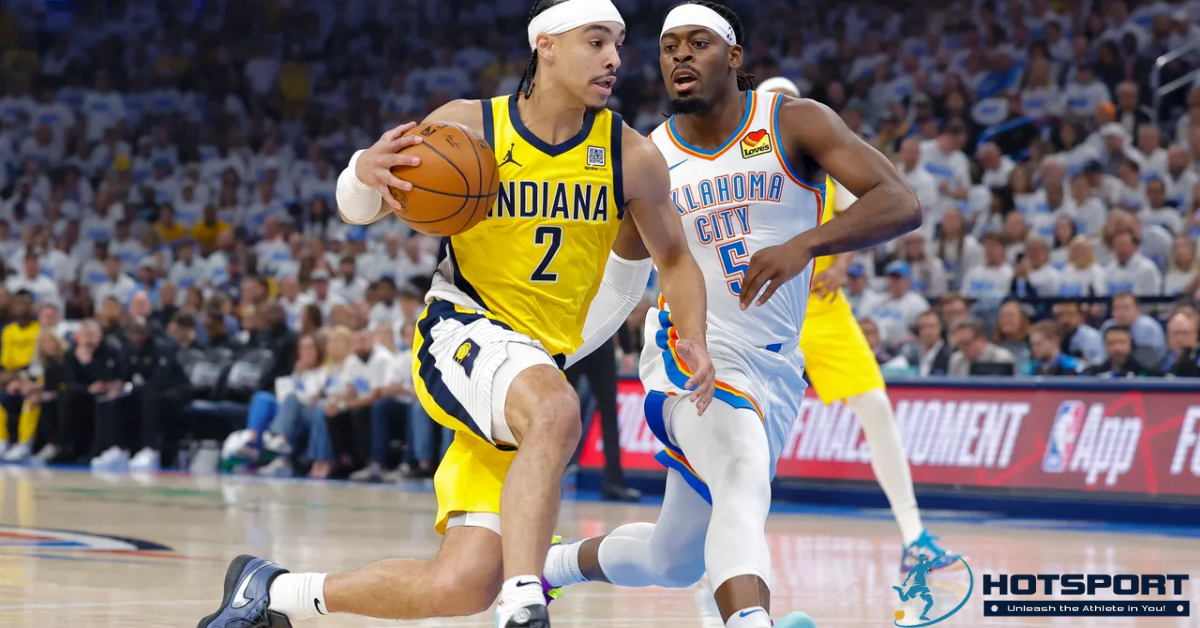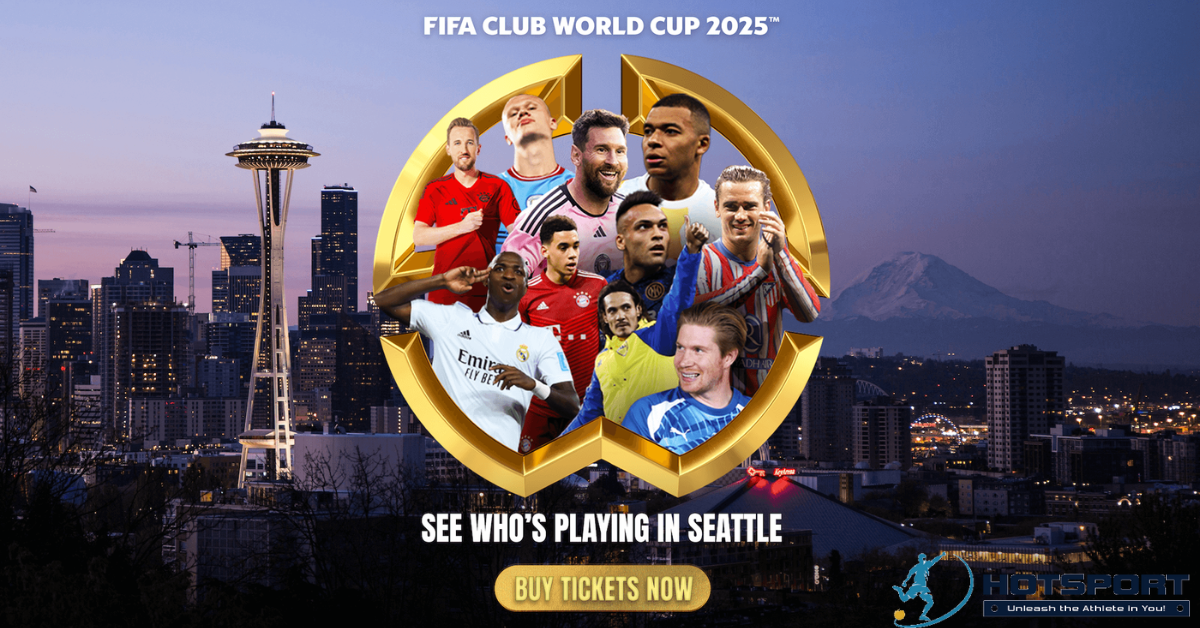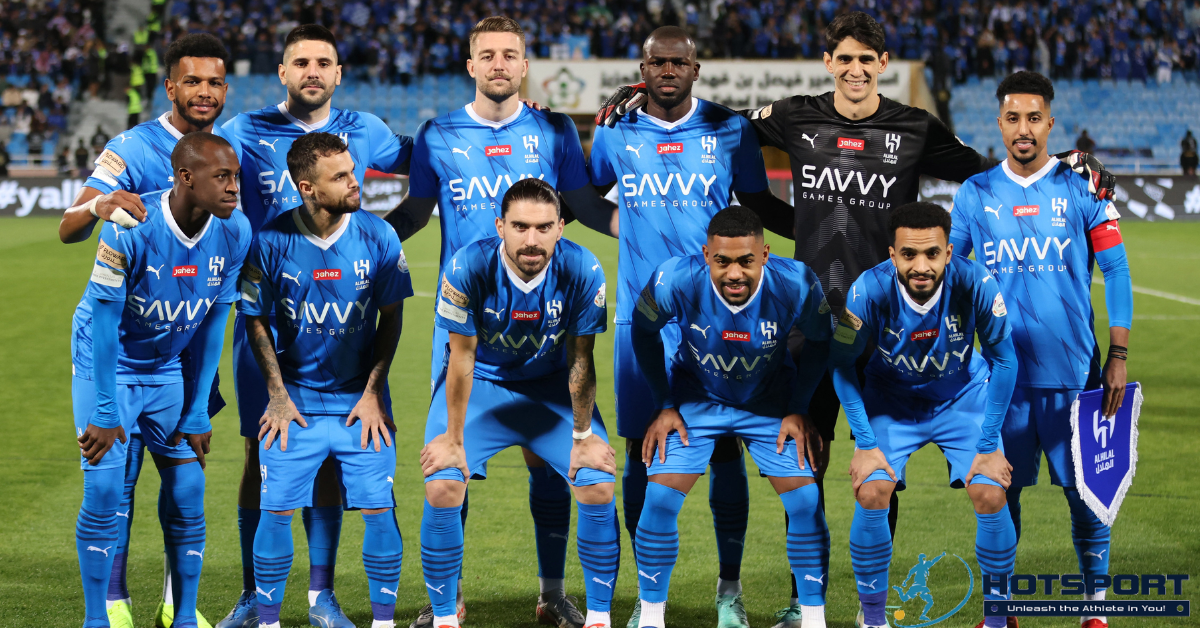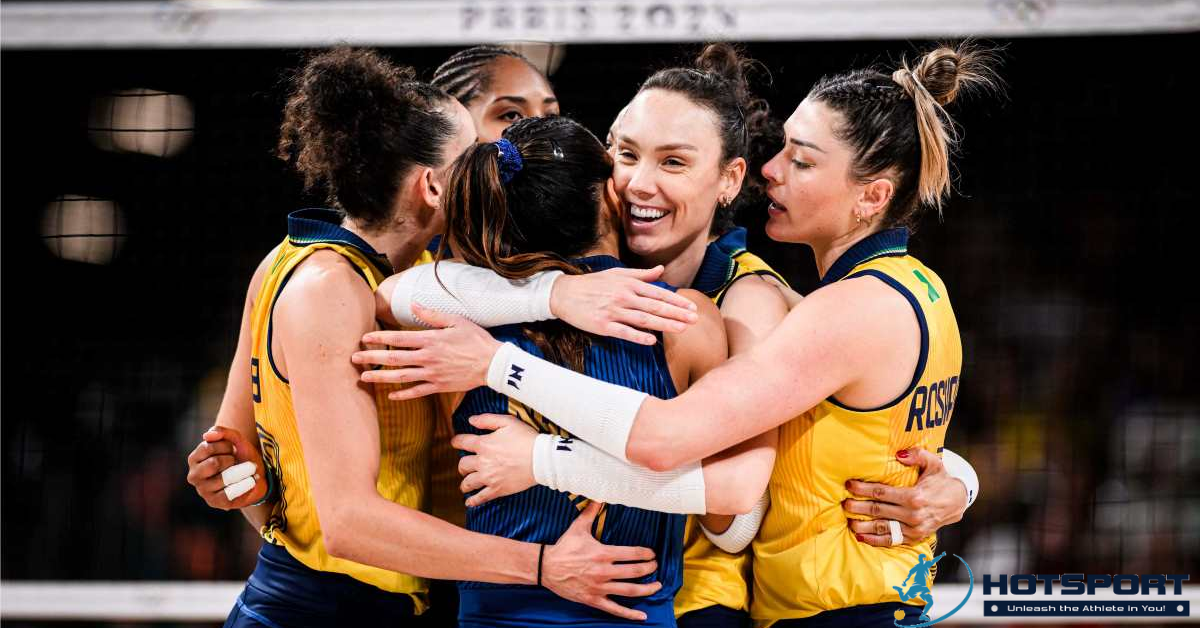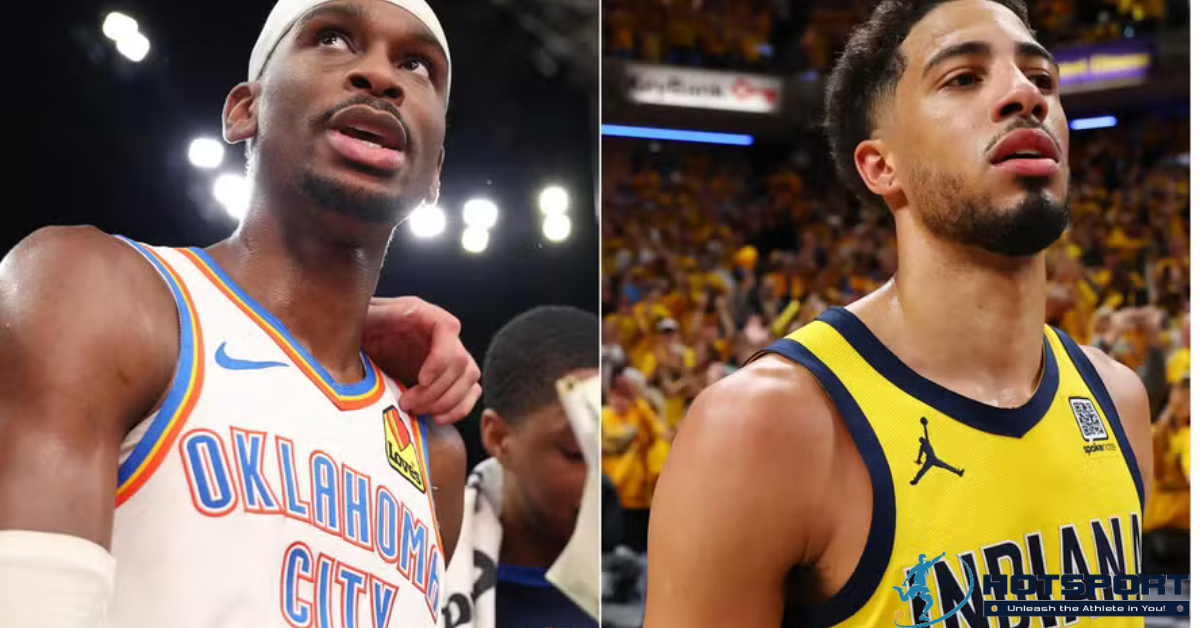Campeonato Brasileiro Série A 2025: A Journey of Passion and Competition
The Campeonato Brasileiro Série A, affectionately known as the Brasileirão, is Brazil’s premier football competition, bringing together the country’s top clubs in a fierce battle for glory, tradition, and spots in international tournaments. In 2025, the 70th edition of the tournament promises intense emotions, with 20 teams vying for the title in a round-robin format that tests consistency, strategy, and passion. This article dives into the history, format, highlights, and expectations for the Brasileirão Série A 2025, celebrating the Brazilian love for football.
History of the Brasileirão: A Tradition of Success
Origins and Evolution
The Campeonato Brasileiro began in 1971, succeeding competitions like the Taça Brasil and the Torneio Roberto Gomes Pedrosa. In 2010, the Brazilian Football Confederation (CBF) recognized the champions of those earlier tournaments as Brazilian champions, placing Palmeiras at the top with 12 titles, followed by Santos (8), and Corinthians and Flamengo (7 each). Since 2003, the Brasileirão has adopted a round-robin points system with home-and-away matches, ensuring a fairer and more balanced competition.
The championship’s history is filled with memorable moments, such as Atlético-MG’s 2021 title after a 50-year wait and Palmeiras’ back-to-back championships in 2022 and 2023 under coach Abel Ferreira. Despite controversies, like the Sandro Hiroshi scandal in 1999 and the Copa João Havelange in 2000, the Brasileirão has solidified its status as one of the world’s most valuable leagues, with an estimated worth of $1.43 billion in 2013.
Cultural Impact
The Brasileirão transcends sport, reflecting Brazilian culture. Each match is a celebration, with passionate fans filling iconic stadiums like Maracanã, Arena Corinthians, and Mineirão, which have received high ratings in the Ministry of Sport’s Sisbrace system. Rivalries between clubs like Flamengo, Corinthians, Palmeiras, and São Paulo fuel the folklore of Brazilian football, while legendary players like Fábio (600 matches) and Rogério Ceni (575 matches) have left an indelible mark on the competition.
Format of the Brasileirão Série A 2025
Round-Robin Points System
The Brasileirão Série A 2025 maintains the round-robin format introduced in 2003. Twenty clubs face off over 38 rounds, with home-and-away matches. Each win earns three points, a draw one point, and a loss none. The team with the most points at the end is crowned champion, while the bottom four are relegated to Série B. The top six teams qualify for the 2026 Copa Libertadores, and the next six for the Copa Sudamericana.
New Features in the 2025 Edition
The 2025 season, running from March 29 to December 21, includes a break from June 14 to July 13 due to the FIFA Club World Cup in the United States. A notable highlight is the debut of Mirassol in Série A, marking the first time the São Paulo countryside club has competed in the top flight since the round-robin format began. Additionally, the absence of Paraná clubs, following Athletico Paranaense’s relegation in 2024, marks the first time since 1990 that the state has no representatives in the competition.
Rules and Tiebreaker Criteria
The tournament follows CBF regulations, with tiebreakers based on points, wins, goal difference, goals scored, head-to-head results, fewest red cards, fewest yellow cards, and, as a last resort, a draw. The Video Assistant Referee (VAR) is confirmed for all 380 matches, with costs covered by the CBF.
Participating Teams and Favorites
Clubs in the Season
The 20 clubs in Série A 2025 include traditional giants and rising teams. Confirmed participants include:
- Botafogo: The reigning champion, aiming for back-to-back titles after their 2023 triumph.
- Palmeiras: With 12 titles, always a favorite under Abel Ferreira’s leadership.
- Flamengo: With a massive fanbase and seven titles, poised to challenge for the top.
- Corinthians: A traditional powerhouse, seeking to reclaim glory with its loyal supporters.
- São Paulo, Santos, Fluminense, Cruzeiro, Internacional, Grêmio, among others.
- Mirassol: The debutant, bringing fresh energy to the competition.
The Southeast dominates with 12 representatives, followed by five from the Northeast and three from the South. The absence of Paraná teams and the presence of clubs like Ceará and Fortaleza highlight the tournament’s geographic diversity.
Title Favorites
Botafogo, the defending champion, enters as a favorite after a strong 2024 campaign. Palmeiras, with its consistency and robust squad, is another top contender. Flamengo, bolstered by reinforcements and the Maracanã’s atmosphere, is also in the race. Clubs like Cruzeiro and Fluminense, part of the Liga Forte União (LFU), aim to surprise with strategic investments. According to ge.globo.com, the 2025 Brasileirão promises high competitiveness, with several evenly matched teams vying for the title.
Relegation Risks
Newly promoted teams, like Santos, which returned to Série A after securing promotion in 2024, face challenges to stay in the top flight. Clubs with inconsistent performances, as noted by fans on sites like Meu Timão, risk relegation if they fail to strengthen their squads. The fight against relegation is as intense as the title race, with every point proving crucial.
Stars and Players to Watch
Brasileirão Stars
The Brasileirão is known for nurturing talent and showcasing stars. In 2025, players to watch include:
- Dudu (Palmeiras): A veteran, key to the team’s attack.
- Arrascaeta (Flamengo): A creative midfielder capable of game-changing moments.
- Hulk (Atlético-MG): With strength and experience, a constant threat.
- Young prospects: Players like Endrick, who shone before moving to Europe, inspire new talents to emerge.
Only 9.4% of Série A players are foreigners, with Argentines being the majority, reinforcing local talent. The CBF allows up to nine foreign players per squad but limits to five per match, ensuring balance.
Individual Awards
The CBF’s Prêmio Craque do Brasileirão highlights the season’s best players, while Placar’s Bola de Ouro and Lance!’s Osmar Santos and João Saldanha trophies celebrate outstanding performances. These awards motivate players to shine in every round.
The Influence of Fans
Passion in the Stands
The Brasileirão is renowned for its vibrant fanbase. In 2023, the average attendance was 16,337 paying fans per match, with the 1983 Flamengo vs. Santos game drawing a record 155,523 spectators. Stadiums like Maracanã, Arena Corinthians, and Allianz Parque, rated five stars by Sisbrace, are stages for true spectacles.
Historic Rivalries
Rivalries like Flamengo vs. Fluminense, Corinthians vs. Palmeiras, and Grêmio vs. Internacional raise the championship’s intensity. These classics attract millions of viewers and spark lively discussions on social media, as seen in posts on Meu Timão.
Broadcast and Coverage
Television and Streaming
The Brasileirão 2025 will have extensive coverage, with Globo leading broadcasts, featuring a new graphics package and high-quality cameras. Premiere, a pay-per-view channel, will air all matches live, while SporTV and ESPN Brasil complement the programming. The Liga Forte União (LFU), including clubs like Botafogo and Corinthians, holds rights to 55% of the games, while LIBRA, with Palmeiras and Flamengo, negotiates fairer revenue shares.
Digital Media
Websites like ge.globo.com, UOL Esporte, Lance!, and Goal.com provide updated standings, news, and in-depth analysis. The CBF offers official updates on its website, while Flashscore.com.br delivers live scores and statistics. Social media, including posts on X, reflects fans’ excitement for the season’s start.
Economic and Social Impact
Economic Value
The Brasileirão is the world’s sixth most valuable football league, generating over $1.24 billion annually. The competition drives the economy through sponsorships, like Betano, and broadcast rights, which earned Globo $50 million in 2000. The creation of LIBRA and Liga Forte Futebol (LFF) in 2022 aims to boost competitiveness and revenue distribution, benefiting smaller clubs.
Social Impact
Beyond sport, the Brasileirão promotes inclusion and passion. The presence of clubs from diverse regions, like Ceará and Fortaleza, strengthens regional identity. Social initiatives tied to clubs, such as youth programs and community support, amplify the championship’s impact.
Expectations for 2025
Title Race
The 2025 season promises to be one of the most competitive, with Botafogo, Palmeiras, and Flamengo leading the betting odds. Mirassol’s debut and Santos’ return add unpredictability, while Cruzeiro and Fluminense aim to surprise. The Club World Cup break may affect momentum, but consistency will be key in the round-robin format.
Challenges and Innovations
The absence of Paraná clubs and the rise of countryside teams like Mirassol highlight the evolution of Brazilian football. The use of VAR in all matches reinforces fair play, while negotiations between LIBRA and LFF could reshape the championship’s financial future.
Conclusion
The Campeonato Brasileiro Série A 2025 is more than a sporting competition; it’s a celebration of Brazil’s culture, passion, and diversity. With 20 clubs fighting for glory, vibrant fans filling stadiums, and top-tier media coverage, the Brasileirão promises to captivate millions. Whether it’s the title race, the fight against relegation, or moments of brilliance on the pitch, this edition will be unforgettable. Let the kickoff on March 29 begin!

